Optimal Timing for Fence Service
Determining the optimal time for fence service depends on various factors including weather conditions, seasonal changes, and the type of fencing material. Proper timing ensures the longevity and durability of the fence, reducing maintenance needs and preventing potential damage.
Spring is ideal for fence repairs and installations as weather conditions are moderate, allowing for effective work without the interruptions of extreme heat or cold.
Summer offers longer daylight hours, but high temperatures can affect certain materials. Early summer is suitable for sealing and staining fences to protect against sun damage.
Fall is a good time for fence inspections and minor repairs before winter, helping to prevent damage from harsh weather conditions.
Winter is generally less suitable for fence work due to cold temperatures and potential snow, which can hinder installation and repair activities.
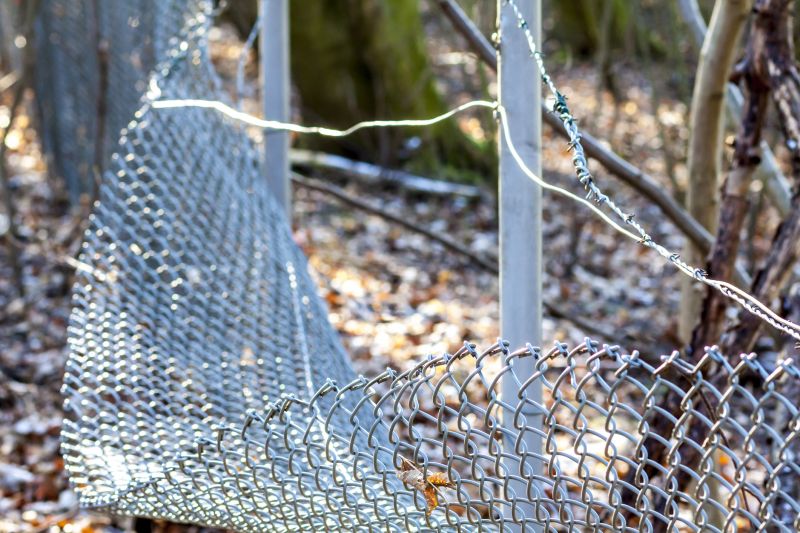
Spring provides optimal conditions for repairing fences after winter damage.

Applying sealant during early summer helps protect against sun and moisture damage.
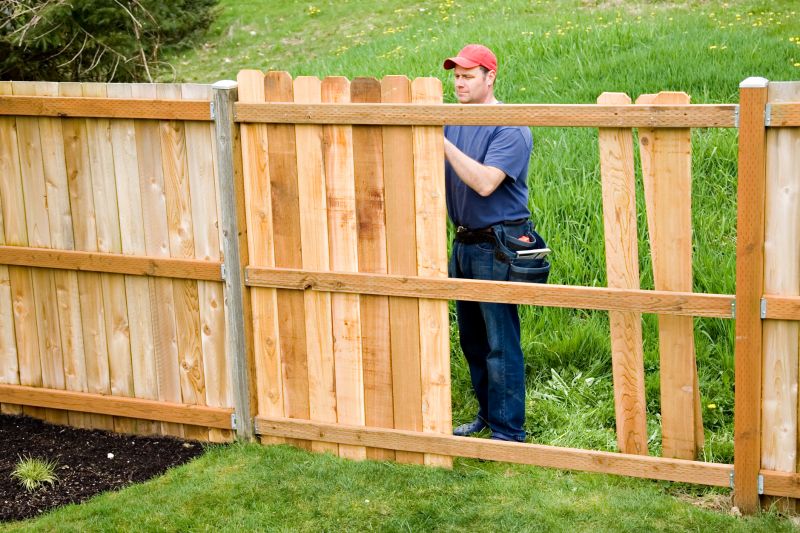
Inspect fences in fall to identify minor issues before winter.
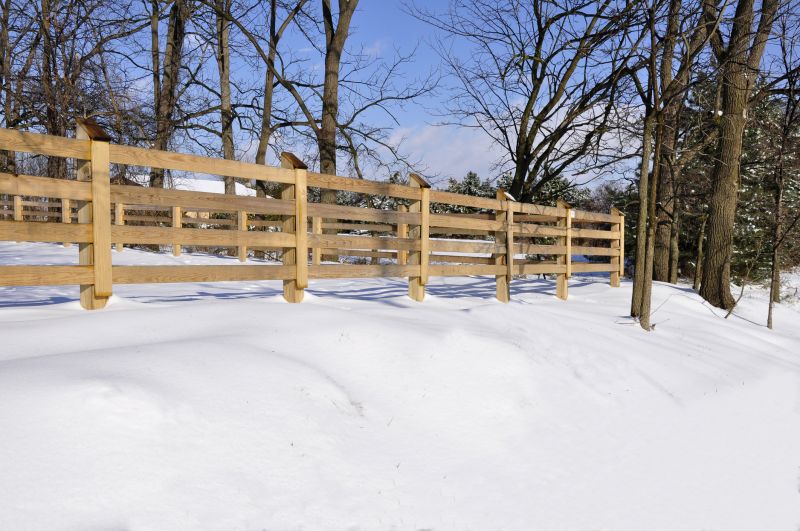
Cold weather and snow can delay fence projects during winter.
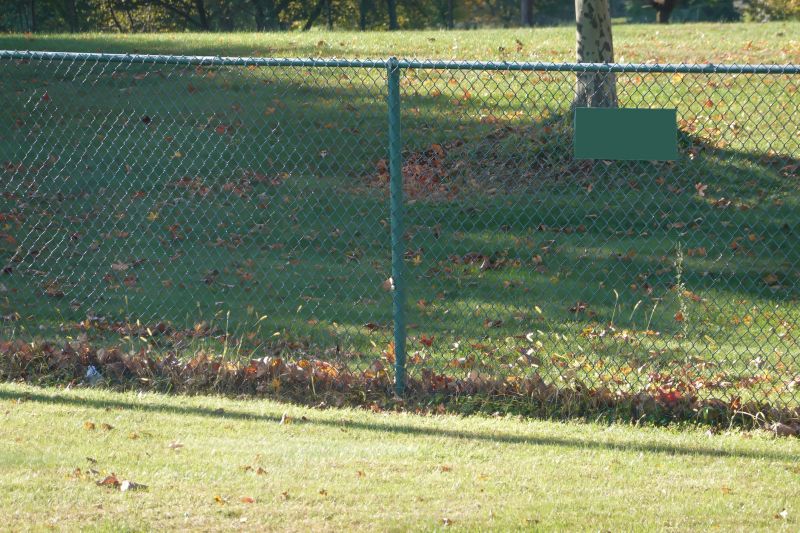
Regular maintenance is recommended regardless of season to extend fence lifespan.
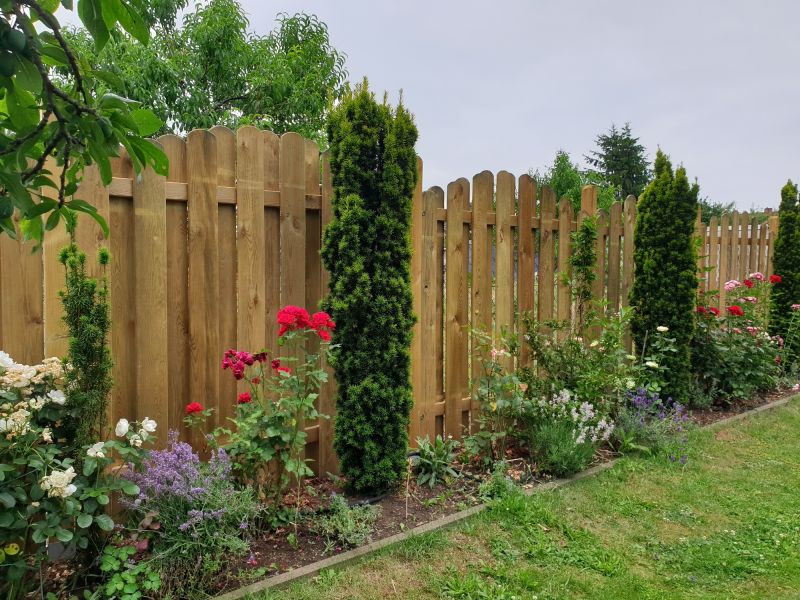
Ways to make Fence Service work in tight or awkward layouts.
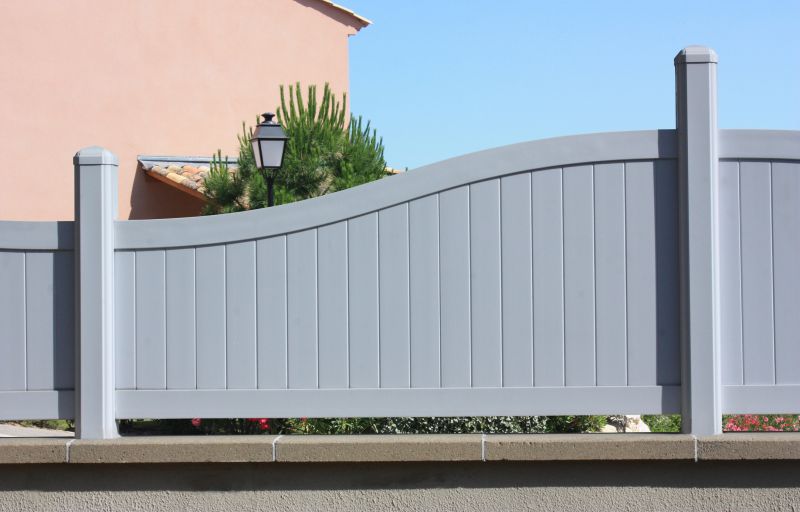
Popular materials for Fence Service and why they hold up over time.
| Season | Ideal Activities |
|---|---|
| Spring | Repairs, installations, staining |
| Summer | Sealing, staining, minor repairs |
| Fall | Inspections, minor repairs |
| Winter | Limited activities, planning |
Fence service encompasses a range of activities including installation, repair, staining, sealing, and maintenance. Proper timing aligned with seasonal conditions can significantly impact the effectiveness and durability of fencing projects. Regular inspections and timely repairs help prevent issues such as rot, warping, or pest damage, especially in regions with distinct seasonal changes.
Statistics indicate that fences installed or maintained during optimal seasons tend to last longer and require fewer repairs. For example, fences stained or sealed in late spring or early fall show increased resistance to weather-related wear. Additionally, scheduling fence projects during favorable weather reduces delays and ensures quality workmanship.
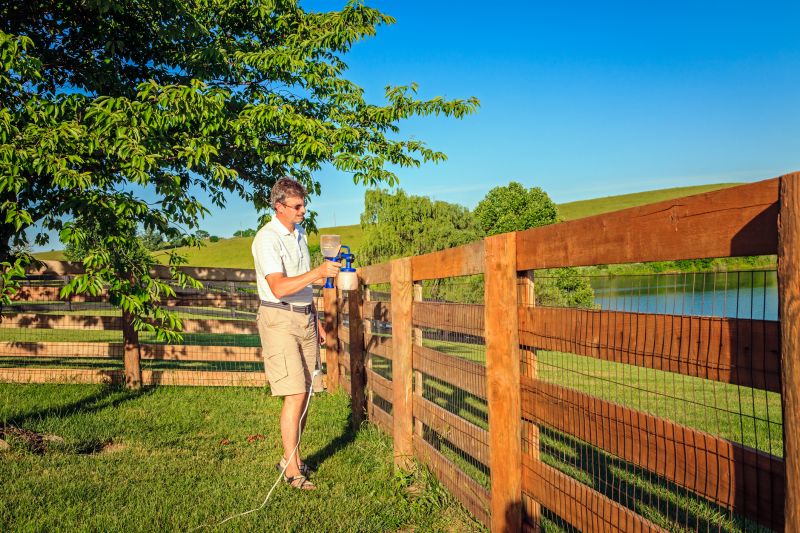
Spring is ideal for staining fences to protect against upcoming summer weather.

Fall inspections help identify repairs needed before winter.

Sealing fences during early summer prolongs their lifespan.
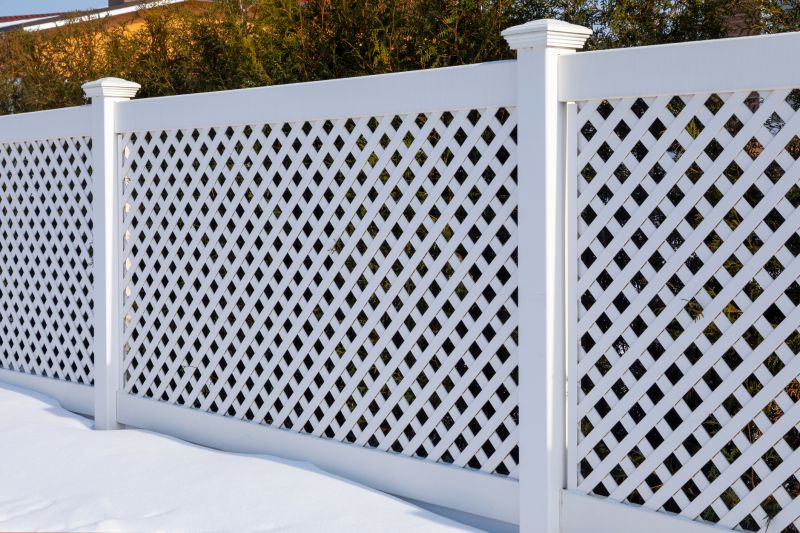
Winter is suitable for planning upcoming fence projects.
Interested in fence services? Filling out the contact form can provide tailored advice on the best timing and options for fence installation, repair, or maintenance in Saint Petersburg, FL.


